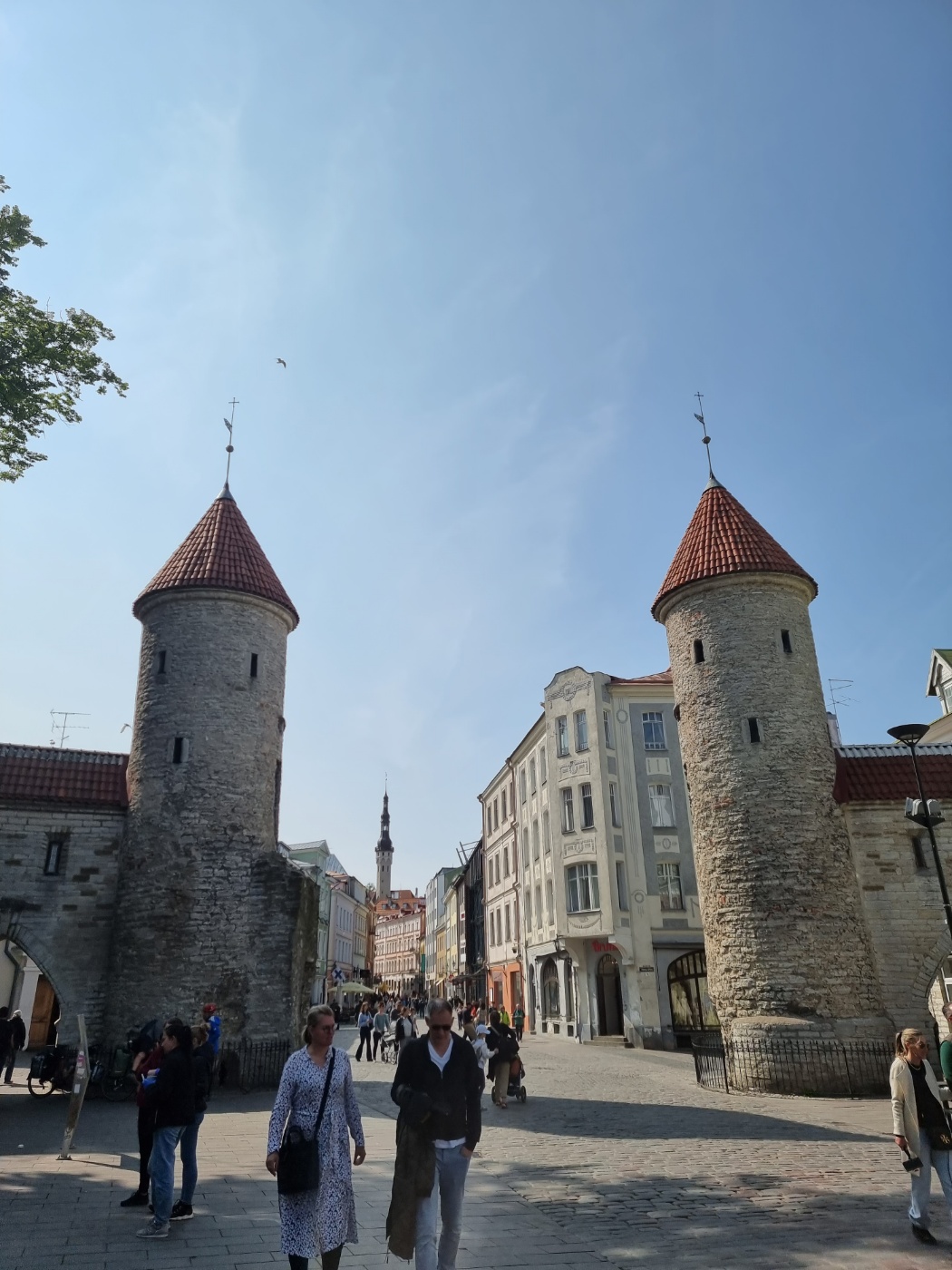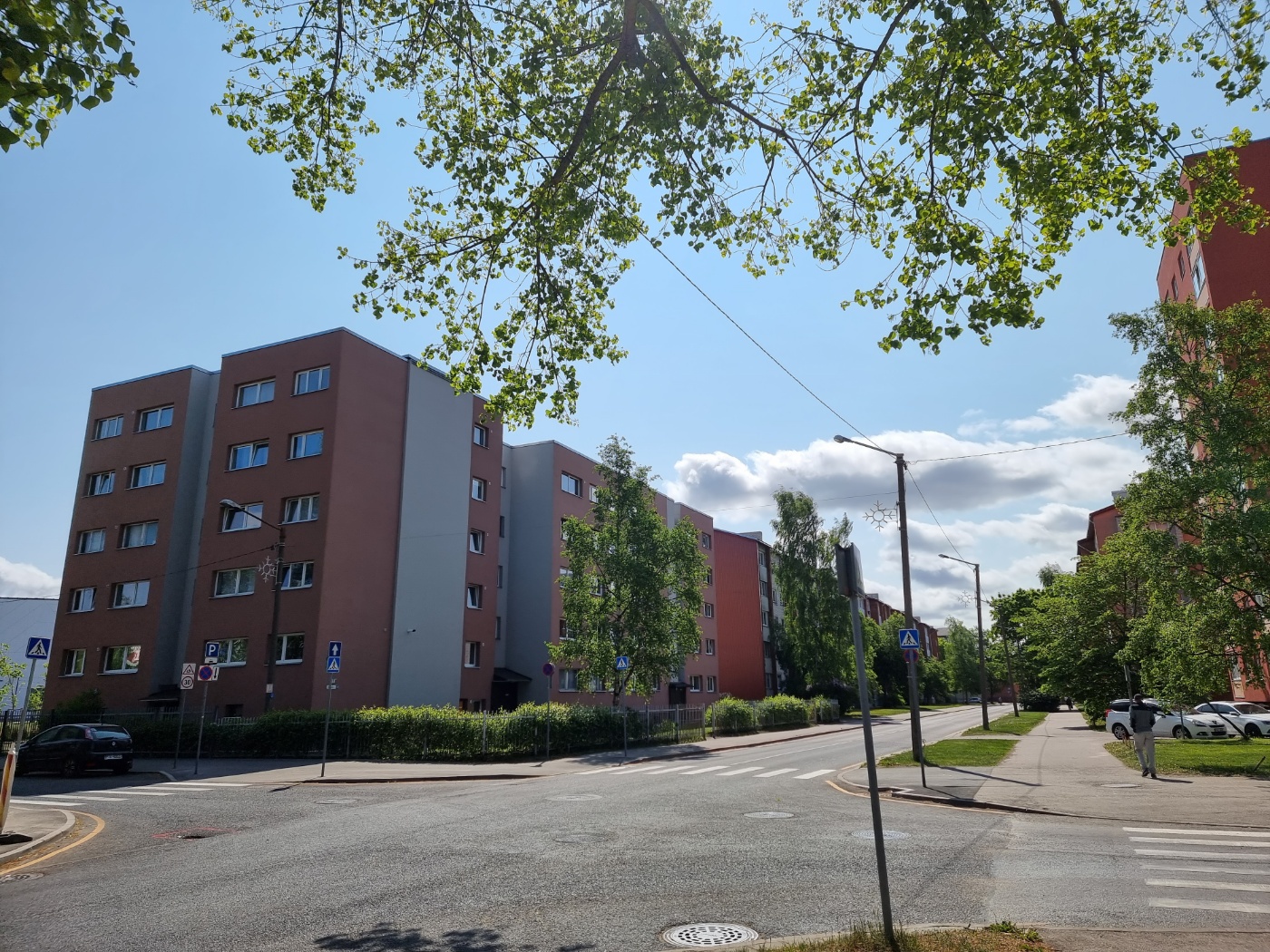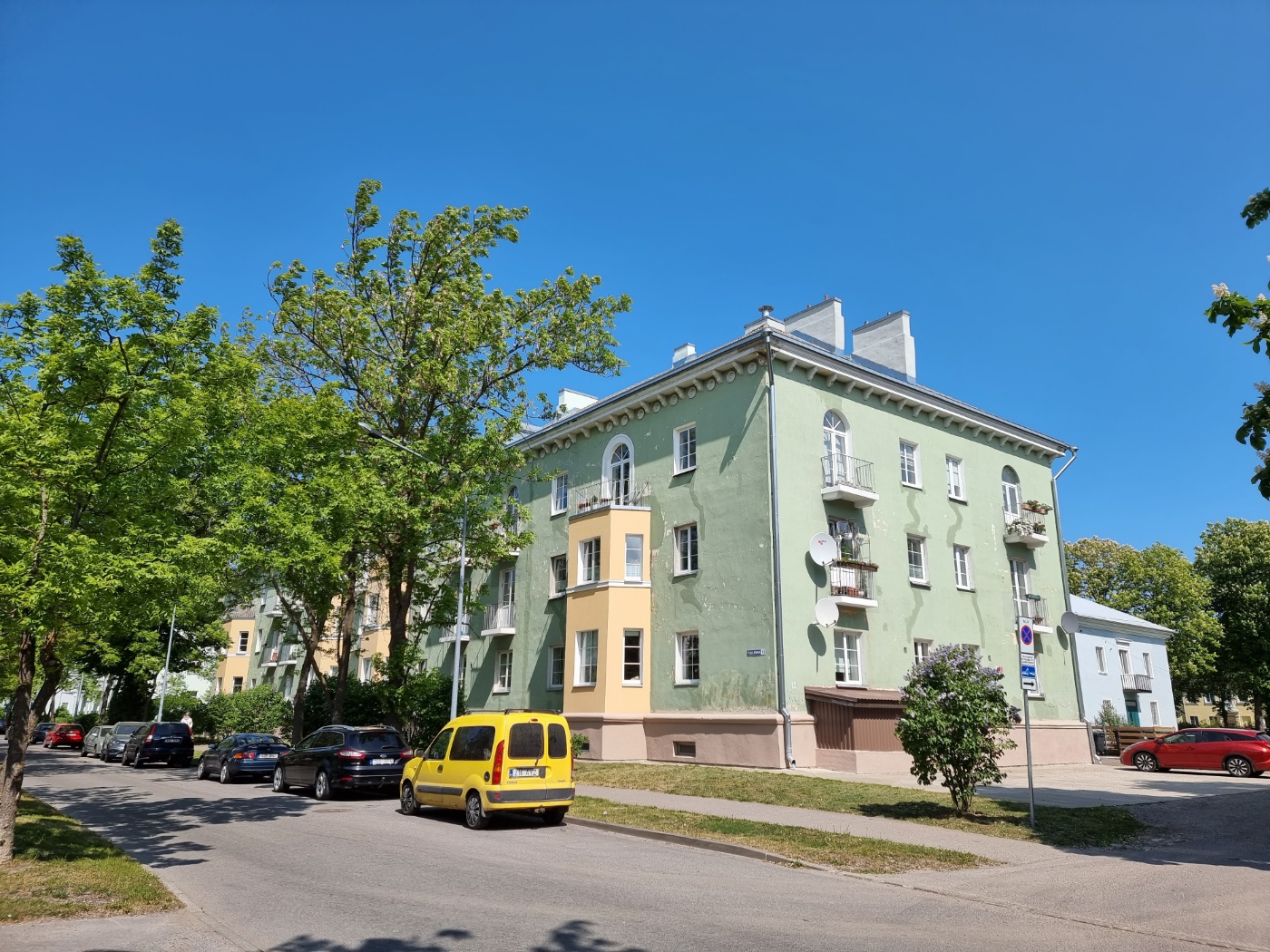Trip in Tallinn, Medieval old town in Estonia, not for Estonian
Where do you think of when you visit Tallinn, Estonia? It is an old town with a beautiful medieval appearance. However, Old Town is not the place where the Estonians lived.

According to the locals, this is where the Germans lived, who owned the Estonians who were serfs. Estonians are said to have lived outside the walls in very shabby places like thatched houses. Old Town has a medieval atmosphere and is well-managed, so I took a look around and left for where the Estonians lived.
See the below two photos. The place I visited where the Estonians lived is a residential complex built during the Soviet era. Estonia was communist and annexed by the Soviet Union, and it had an independent history in 1991. In this place, you could see three to five stories of apartments that looked like matchboxes. Most of the exterior is not properly maintained. I could see paint peeling everywhere. It is said that what is more serious than the appearance is the inside. There were also buildings with high floors or slightly colorful exterior decorations, which are said to have been built during the Stalin era. It is said that it was built to look splendid to show the excellence of communism, but only the outside looks good and the inside is seriously bad.


In particular, buildings built after the mid-Soviet era were often stolen by people during construction. So, especially those who are “allocated” on the upper floor of the apartment building are completely ruined, but there are no pipes that pull water up, or there are several serious missing building interior materials. As usual, there probably wasn’t a problem on paper.
On the other hand, in the communist system, it was a concept of renting from the state, not owning real estate, so it was a concept of applying for an apartment and renting it in the Soviet era. With Estonia’s independence from the Soviet Union in 1991, the places where the inhabitants lived were said to have been converted to their own. However, existing residents who owned real estate at the time of communism were treated as bourgeoisie or rich farmers and were taken to Siberia or executed, and their real estate was converted to state ownership, so such assets became an issue. It is said that some work was carried out to return the real estate that was unfairly taken by their descendants. However, it is said that only part of the record is made because it is not easy to find and prove the long-standing record of the country that has now disappeared on paper. The situation is very different, but it reminds me of Korea’s return of pro-Japanese property rights.
Enjoy Reading This Article?
Here are some more articles you might like to read next: